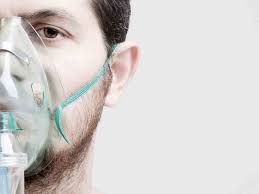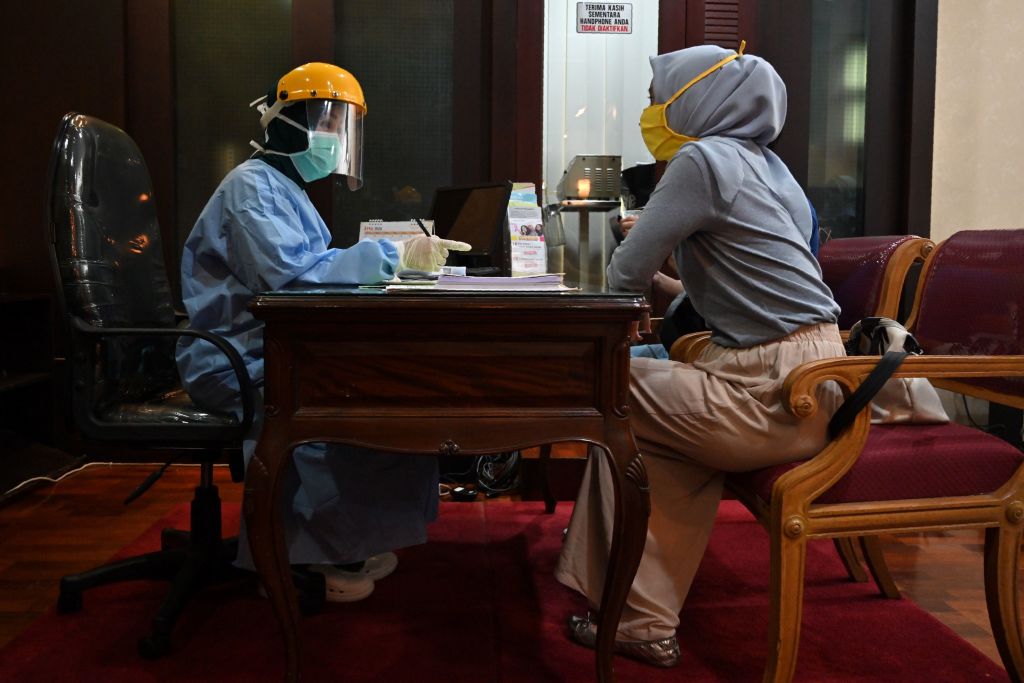Viral pneumonia is pneumonia that develops as a result of a viral infection in the lungs. The symptoms of viral pneumonia are often similar to those of bacterial pneumonia, but, depending on the virus responsible, there may be a few additional symptoms. A wide range of viruses can cause viral pneumonia, including influenza and coronaviruses, such as SARS- CoV-2, which causes COVID-19. Coronaviruses, a large family of viruses that cause respiratory illness, can lead to viral pneumonia. They include SARS-CoV-2, the virus that causes COVID-19. According to the WHO, most reported cases are relatively mild — 81% of people have illness that causes no complications, while 14% will develop serious illness and need oxygen therapy, and 5% will need treatment in an intensive care unit. Severe pneumonia is among the most common complications resulting from severe COVID-19. It may develop by the end of the first week of infection. Viral pneumonia usually goes away on its own. Therefore, treatment focuses on easing some of the symptoms. A person with viral pneumonia should get sufficient rest and stay hydrated by drinking plenty of fluids. A doctor may prescribe cough-relieving medication to help ease coughing. People should only take cough suppressant medicine if and when a doctor instructs them to because coughing helps clear the infection from the lungs. For those with thick lung mucus, a doctor may prescribe a cough expectorant. In some cases of viral pneumonia, a doctor may prescribe antiviral medication to reduce viral activity. This treatment tends to be most effective when the virus is in the early stage of infection.
(Credits: www.medicalnewstoday.com)


